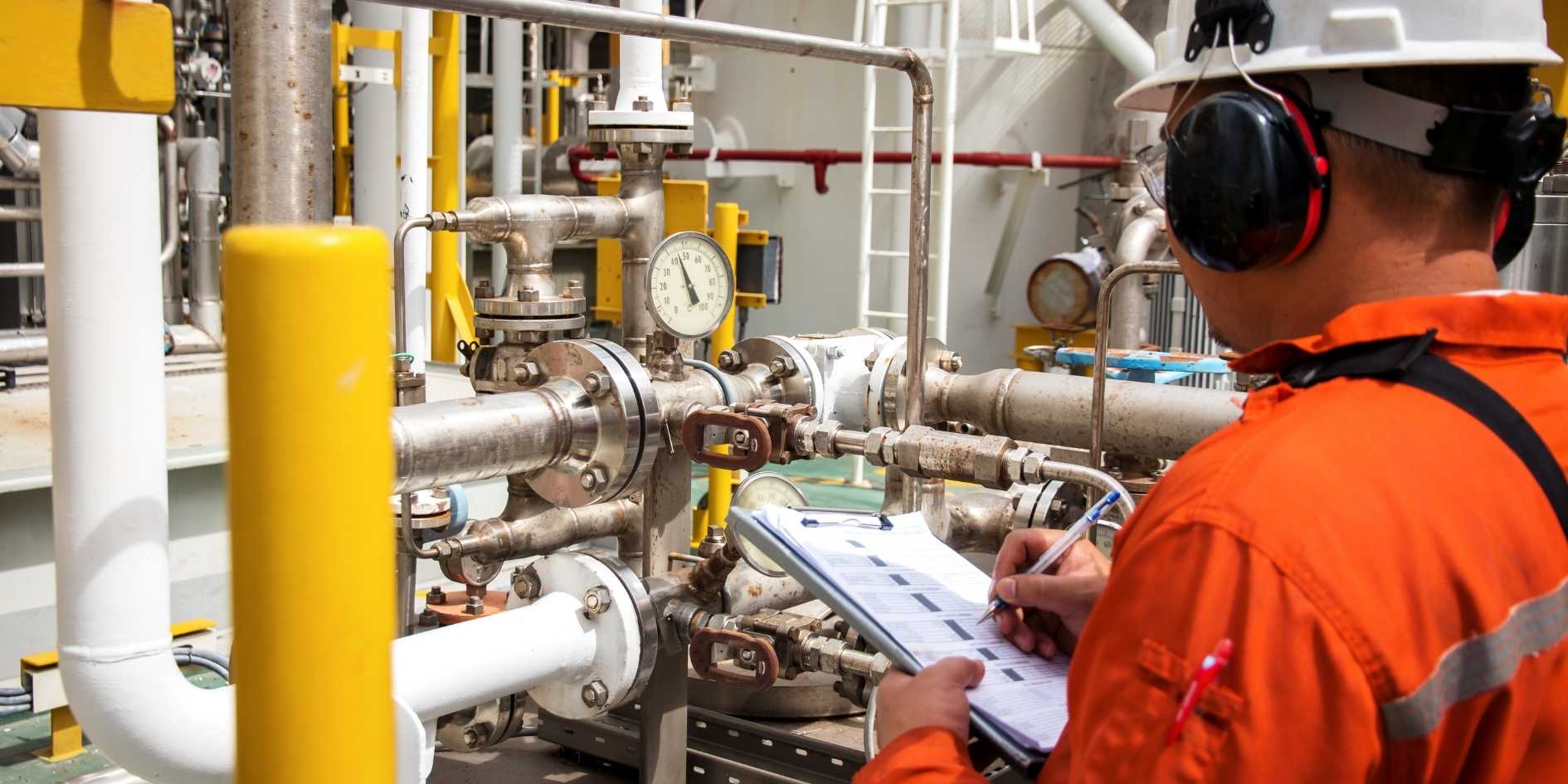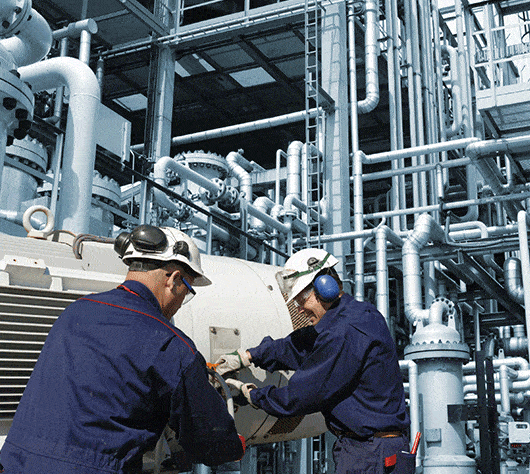An Unbiased View of Roar Solutions
An Unbiased View of Roar Solutions
Blog Article
The Definitive Guide for Roar Solutions
Table of ContentsRoar Solutions - QuestionsWhat Does Roar Solutions Mean?An Unbiased View of Roar Solutions
In order to safeguard installments from a prospective surge a method of evaluating and categorizing a possibly dangerous location is called for. The purpose of this is to make certain the correct choice and installment of tools to inevitably stop a surge and to make sure safety and security of life.
(https://www.video-bookmark.com/bookmark/6634779/roar-solutions/)
No tools needs to be mounted where the surface area temperature level of the equipment is above the ignition temperature level of the offered hazard. Below are some usual dust hazardous and their minimal ignition temperature. Coal Dust 380C 225C Polythene 420C (thaws) Methyl Cellulose 420C 320C Starch 460C 435C Flour 490C 340C Sugar 490C 460C Grain Dust 510C 300C Phenolic Material 530C > 450C Aluminium 590C > 450C PVC 700C > 450C Soot 810C 570C The chance of the hazard being present in a concentration high adequate to trigger an ignition will certainly differ from area to area.
In order to classify this risk an installment is split right into areas of danger relying on the amount of time the harmful is present. These locations are referred to as Zones. For gases and vapours and dusts and fibers there are three zones. Zone 0 Zone 20 A hazardous atmosphere is highly likely to be existing and might exist for lengthy periods of time (> 1000 hours annually) or perhaps continuously Zone 1 Area 21 A dangerous environment is possible yet unlikely to be existing for lengthy periods of time (> 10 450 C [842 F] A classification of T6 suggests the minimal ignition temperature is > 85 C [185 F] Dangerous location electrical tools possibly made for usage in greater ambient temperatures. This would indicated on the ranking plate e.g. EExe II C T3 Ta + 60C( This indicates at 60C ambient T3 will not be gone beyond) T1 T1, T2, T3, T4, T5, T6 T2 T2, T3, T4, T5, T6 T3 T3, T4, T5, T6 T4 T4, T5, T6 T5 T5, T6 T6 T6 A T Course ranking of T1 suggests the optimum surface temperature level generated by the tool at 40 C is 450 C. Assuming the linked T Class and Temperature level ranking for the devices are suitable for the area, you can constantly utilize a tool with an extra rigid Division rating than required for the location. There isn't a clear solution to this concern however. It truly does depend on the sort of devices and what fixings need to be performed. Equipment with details test treatments that can not be performed in the area in order to achieve/maintain 3rd party rating. Must come back to the factory if it is prior to the equipment's service. Area Repair By Authorised Worker: Challenging screening might not be needed nonetheless specific procedures might need to be adhered to in order for the tools to preserve its 3rd event rating. Authorised workers have to be utilized to do the job properly Fixing should be a like for like replacement. New component need to be thought about as a straight substitute requiring no special testing of the tools after the fixing is full. Each tool with a dangerous ranking should be assessed individually. These are laid out at a high level listed below, yet for even more comprehensive information, please refer directly to the guidelines.
A Biased View of Roar Solutions
The equipment register is a thorough database of tools records that includes a minimum set of areas to determine each product's place, technological parameters, Ex lover classification, age, and environmental information. The proportion of Thorough to Shut assessments will be figured out by the Equipment Risk, which is analyzed based on ignition threat (the probability of a source of ignition versus the likelihood of a combustible environment )and the harmful location classification
( Zone 0Area 1, or 2). Applying a robust Risk-Based Assessment( RBI )strategy is essential for making sure compliance and safety and security in taking care of Electric Tools in Hazardous Locations( EEHA).
The Buzz on Roar Solutions

In regards to explosive danger, an unsafe area is an atmosphere in which an explosive environment exists (or might be anticipated to be existing) in quantities that call for special precautions for the building, setup and use devices. eeha. In this article we check out the challenges encountered in the workplace, the risk control actions, and the required competencies to work securely
It is a consequence of modern life that we produce, save or take care of a series of gases or fluids that are regarded combustible, and a range of dusts that are regarded flammable. These compounds can, in specific conditions, create explosive ambiences and these can have significant and awful consequences. A lot of us are acquainted with the fire triangle get rid of any kind of among the three elements and the fire can not take place, but what does this mean in the context of harmful locations? When damaging this down into its easiest terms it is essentially: a mix of a particular amount of release or leakage of a certain substance or material, combining with ambient oxygen, and the existence of a source of ignition.
In the majority of circumstances, we can do little regarding the degrees of oxygen airborne, but we can have considerable impact on resources of ignition, as an example electric equipment. Unsafe areas are documented on the harmful location category drawing and are determined on-site by the triangular "EX" indication. Below, among other essential information, areas are split right into 3 kinds depending upon the risk, the possibility and period that an eruptive environment will exist; Area 0 or 20 Discover More is considered one of the most unsafe and Area 2 or 22 is regarded the least.
Report this page